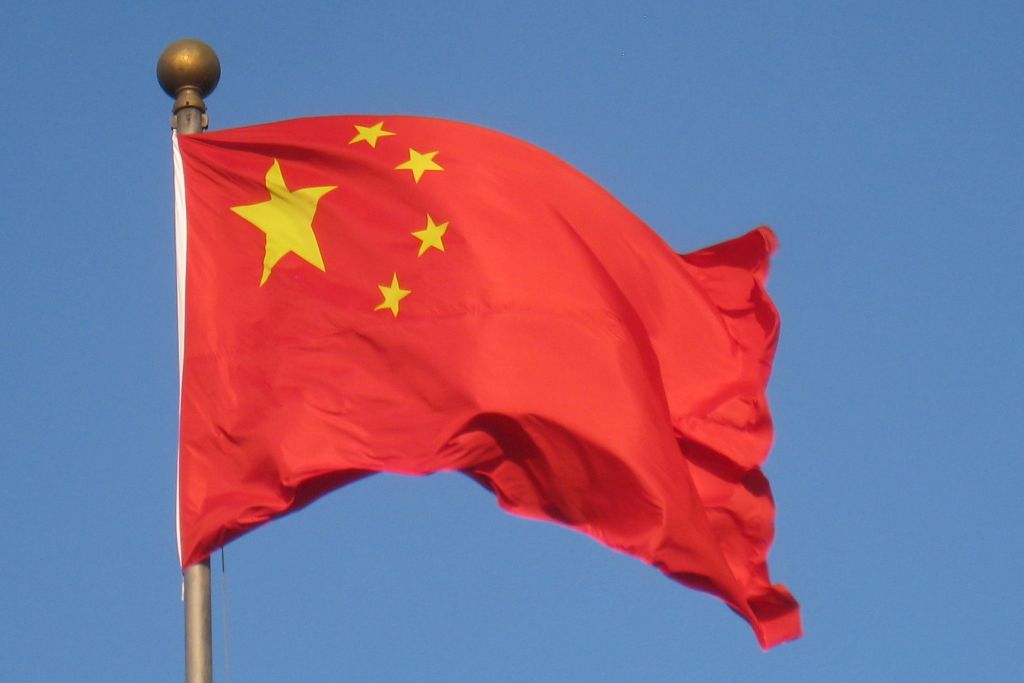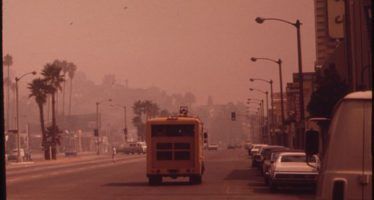China beats Mexico on CA immigration
 While Mexico continued to drive the debate about immigration policy in the U.S., California experienced a significant demographic shift that could carry a political impact: more immigrants now flow into the Golden State from China than from south of the border.
While Mexico continued to drive the debate about immigration policy in the U.S., California experienced a significant demographic shift that could carry a political impact: more immigrants now flow into the Golden State from China than from south of the border.
“About 33,000 immigrants moved to California from China last year, roughly triple the number who came in 2005,” the Sacramento Bee reported, citing data from the U.S. Census Bureau and the Public Policy Institute of California. “The number of immigrants coming to California from Mexico fell from almost 100,000 in 2005 to just over 30,000 in 2014, a roughly 70 percent decline.”
Long-term shifts in the west coast economy appeared to have influenced the shift, tilting away from so-called “jobs Americans won’t do” to high-tech opportunities that require college or graduate education. “Arrivals from Asia have disproportionately settled in and around Silicon Valley,” the Bee noted, adding that “India, which sent about 29,500 immigrants to California last year, also is poised to overtake Mexico. Some of California’s recent Asian arrivals are college students or long-term workers who eventually may leave the country; others will stay permanently.”
Making money
China has found itself increasingly in the crosshairs of both positive and negative publicity around immigration. On the one hand, its immigrants and visitors often offer California merchants lucrative opportunities to market goods and services. In Los Angeles, the marquee Beverly Center mall “sends buses to pick up Chinese families at the University of California at Los Angeles and the University of Southern California at the beginning of the year when parents drop off their children and at graduation,” Reuters reported. Susan Vance, the Beverly Center’s marketing and sponsorship director, told Reuters the mall’s program sponsoring some 45,000 Chinese students represented “one of its most successful marketing plans.”
On the other hand, Chinese immigrants became the focus of this year’s mainstream media coverage of the so-called “anchor babies” problem, where so-called “birth tourists” travel to the U.S. in order to have babies on American soil. (Some immigration critics had implied that the practice was most prominent among Mexicans.) Even still, evidence in Southern California, where the phenomenon has been concentrated, has strongly suggested that Californians can cash in on the practice themselves. In a report from Costa Mesa, the Wall Street Journal observed that, during their stay, birth tourists “typically spend thousands of dollars in private hospitals, high-end shopping malls and luxury apartment complexes.”
Back to Mexico
Meanwhile, although analysts cautioned that the final numbers were imprecise, data indicated that more Mexicans now leave the U.S. than enter. “A census report in Mexico says that 1 million Mexicans returned home from the U.S. in the five years leading to 2014,” the Voice of America noted, while the U.S. census applicable to the same stretch of time “shows only 870,000 Mexicans moved to the U.S.” Even with the declines, however, Mexicans retained the largest immigrant presence inside American borders. “In the 50 years ending in 2015, 16 million Mexicans came to live in the United States,” VOA observed, adding that “Mexicans still make up the largest foreign-born group in the country, at 28 percent.”
For that reason, they have remained a target for rhetoric and policy proposals this U.S. election year. But Mexico’s American immigrants have become a political football in a truer sense as well: both teams now wish to have them. In an appearance on WFAA’s Inside Texas Politics, former Mexican president Vicente Fox made the pitch for return migration. “We are building the opportunities in Mexico. We work hard to have jobs for them. We want them back,” he said. “We need them back.” Alluding to the economic rise of China, Fox hinted that Mexico could attract back former U.S. immigrants in much the same way the U.S. draws Chinese newcomers. “At the very end, we have to meet the challenge of the East,” he said. “The East is growing fast. The East is getting powerful.”
Related Articles
CA bag ban initiative heading toward 2016 vote
The effort to repeal the state’s looming prohibition on plastic grocery bags is projected to have enough valid signatures to
Trump targets California’s unique role in shaping air pollution rules
The Trump administration is on the brink of what could prove its most consequential legal battle with the state of
U.S.-Calif. Stuck in Stagnation Spiral
JULY 26, 2011 BY JOHN SEILER Welcome to the desert of economic and jobs growth. I keep reminding people that




